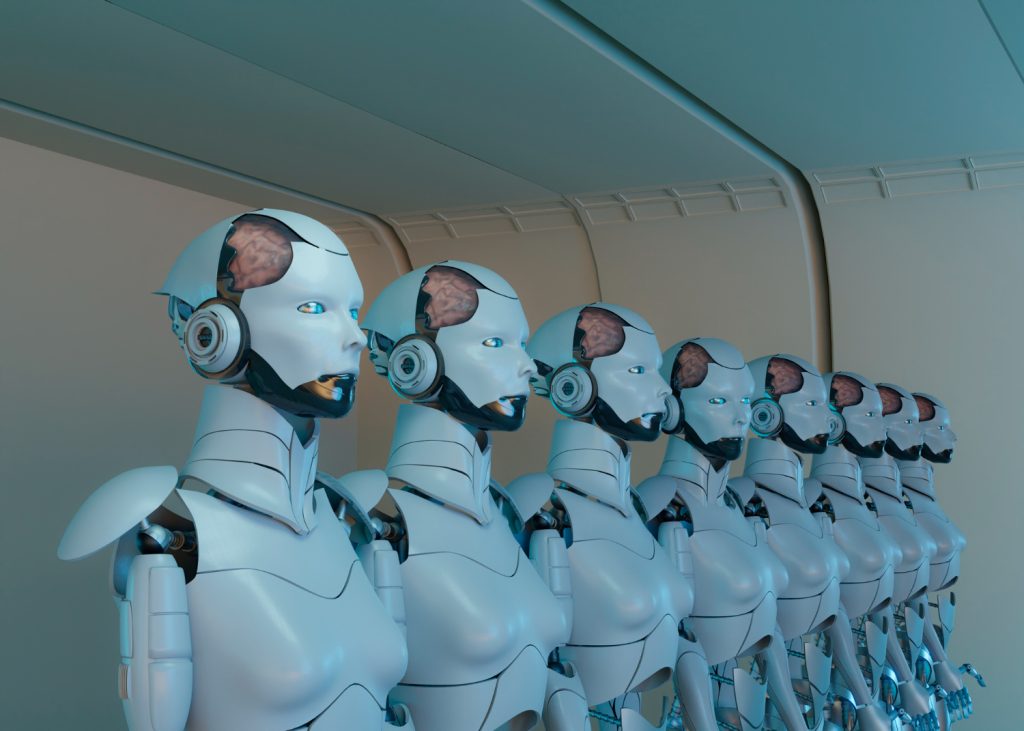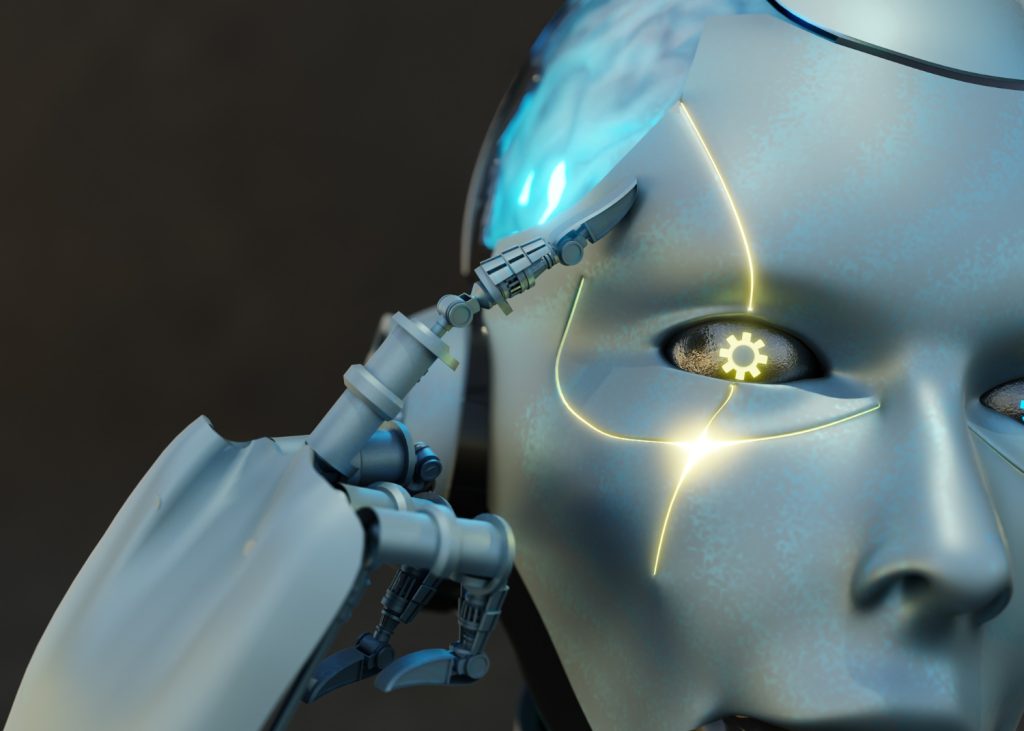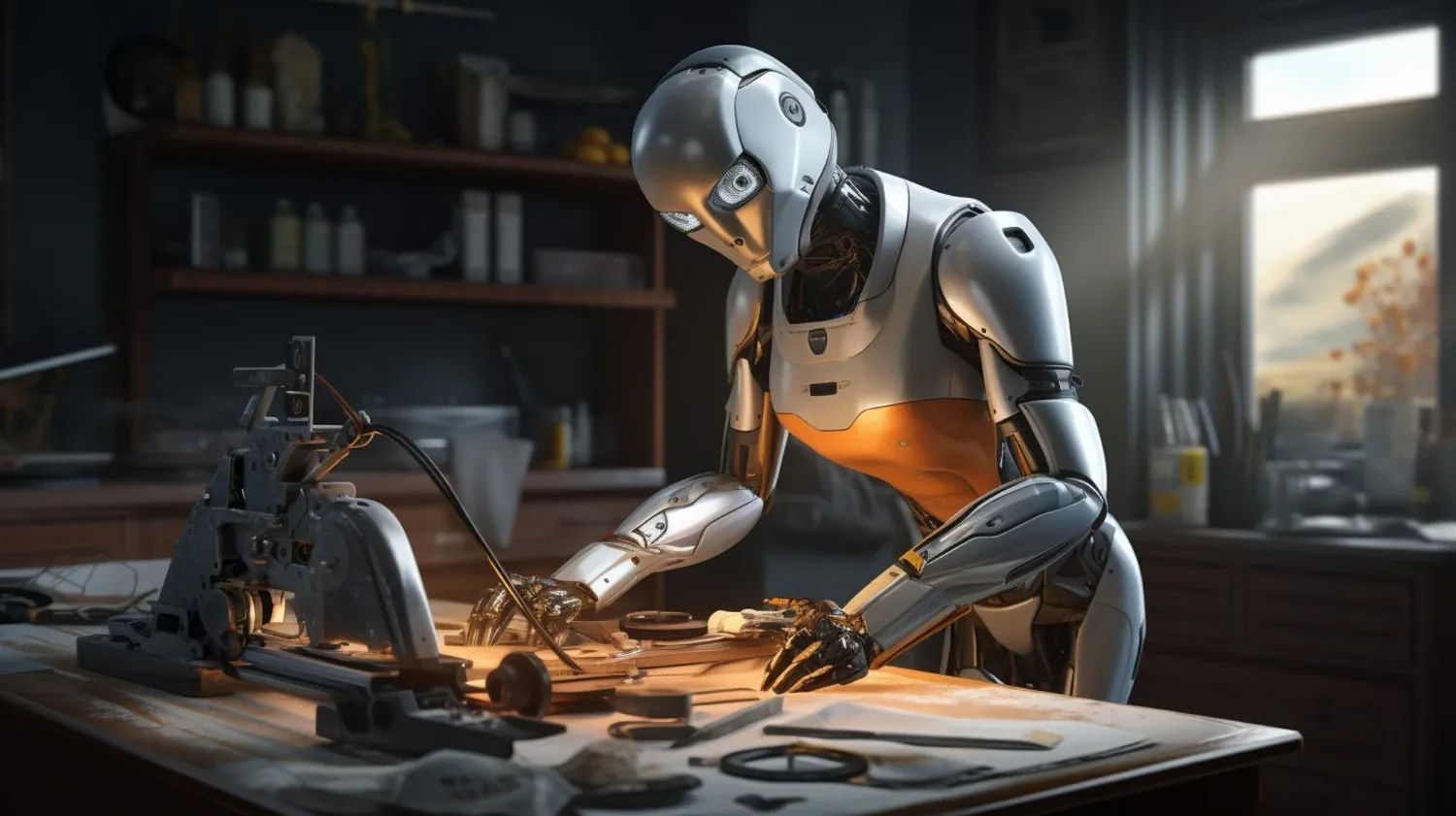Over the past decade, the promise of humanoid robots has shifted from speculative fiction toward practical reality. In early 2025, a coalition of global manufacturing associations, robotics consortia, and government agencies officially declared 2025 the “Year of the Humanoid Robot Factory Worker.” This designation recognizes a pivotal moment when advances in robotics hardware, artificial intelligence, and human–machine collaboration converge to usher in a new era of factory automation. Rather than replacing human labor, humanoid robots are being positioned as versatile assistants—capable of performing repetitive, ergonomically taxing, or hazardous tasks—while freeing human workers to focus on design, problem-solving, and oversight. As industries from automotive assembly to consumer electronics ramp up pilot programs, 2025 stands as both a celebration of progress and a catalyst for broader adoption. In this post, we’ll explore the rise of humanoid robotics in manufacturing, the drivers behind this landmark declaration, the enabling technologies, workforce implications, integration strategies, and a glimpse into the post-2025 future of collaborative factory floors.
Rise of Humanoid Robotics in Manufacturing

Humanoid robots have long been a staple of research laboratories, demonstrating feats of balance, dexterity, and mobility. Early prototypes navigated obstacle courses and performed acrobatic maneuvers, but their practical value on factory floors was limited by high costs, bulky designs, and programming complexity. Over the past five years, rapid miniaturization of actuators, improvements in battery energy density, and breakthroughs in AI-driven perception have transformed these platforms into viable industrial assets. Leading manufacturers began deploying humanoids for niche tasks—such as quality inspections in hard-to-reach areas, kitting parts for assembly, and performing routine maintenance checks. These pilot programs yielded surprising productivity gains: robots could work continuously in dirty or dangerous zones, and their human-like form factor enabled them to use existing tools and workstations without extensive retrofitting. As success stories proliferated across automotive, semiconductor, and pharmaceuticals sectors, confidence grew that humanoid robots could augment traditional automation, tackling jobs that fall outside the capabilities of fixed-arm robots. This momentum set the stage for a formal recognition in 2025: a global acknowledgment that humanoid robots are ready to transition from experimental curiosities into everyday factory colleagues.
Key Drivers Behind the 2025 Declaration
Several converging factors motivated stakeholders to proclaim 2025 the Year of the Humanoid Robot Factory Worker. First, labor shortages in manufacturing—exacerbated by demographic shifts and declining interest in manual trades—created urgent pressure to find alternative solutions. Second, the growing complexity and variation in product lines demanded flexible automation, prompting companies to seek robots that can be repurposed quickly for different tasks. Third, rising safety and environmental regulations pushed manufacturers to minimize human exposure to hazardous chemicals, high temperatures, and heavy lifting. Fourth, advances in cloud-based orchestration platforms and digital twins made it feasible to coordinate fleets of humanoid robots alongside human teams in real time. Finally, government incentives—including tax credits and grant programs—lowered the barrier to entry for small and medium-sized enterprises to experiment with advanced robotics. By aligning corporate interests with public policy objectives—such as maintaining industrial competitiveness and safeguarding worker welfare—this declaration galvanized investment and collaboration across sectors. It also sent a clear signal to research institutions, supply-chain partners, and training organizations that humanoid robotics would be a top priority for innovation and deployment in 2025 and beyond.
Technological Innovations Enabling Factory Humanoids
Several key technologies underpin the practical deployment of humanoid robots in factories today. First, next-generation actuators—capable of high torque at low power—provide smooth, human-like motion while conserving energy. Second, integrated perception stacks combine depth cameras, LiDAR, and tactile sensors to allow robots to navigate dynamic environments and handle fragile parts without human intervention. Third, AI-driven motion planning dynamically adjusts gait and manipulation strategies to account for obstacles, tool changes, and shifting workloads. Fourth, modular end-effectors—ranging from grippers and suction cups to specialized welding torches—attach rapidly to a standardized “hand” interface, enabling robots to switch roles on the fly. Fifth, edge-computing hardware embedded within robot bodies performs real-time inference, reducing dependence on low-latency connections to central servers. Finally, cloud-based orchestration platforms leverage digital twins of factory layouts to assign tasks, monitor performance, and predict maintenance needs across mixed fleets of humanoid and industrial robots. These advances collectively shrink deployment timelines from months to weeks, lower integration costs, and empower non-specialist staff to program and manage robotic teammates through intuitive graphical interfaces. As a result, factories can pilot humanoid automation projects with minimal disruption to existing processes—making widespread adoption both technically feasible and economically compelling.
Implications for Workforce and Skill Development
The arrival of humanoid robots reshapes the very nature of factory work. Rather than eliminate jobs, these robots promise to shift human labor toward higher-value activities: overseeing complex workflows, optimizing production lines, and providing customer-driven customization. To realize this vision, workforce development programs have been introduced, focusing on upskilling and cross-training. Manufacturing colleges now offer specialized modules on robot collaboration, programming, and maintenance. Apprenticeships pair veteran technicians with robotics engineers, fostering a culture of continuous learning and rapid feedback. Workers learn to leverage augmented-reality interfaces to guide robots through intricate tasks, or to debug vision algorithms when misidentifications occur. Soft skills—such as problem-solving, process optimization, and human-robot communication—are increasingly prized. Meanwhile, companies embrace “robot champions” within their staff: individuals responsible for identifying automation opportunities, coordinating with technology providers, and ensuring smooth human-robot handoffs. Unions and labor organizations, recognizing the evolving landscape, negotiate frameworks that protect worker interests while encouraging technological progress. Collectively, these initiatives aim to create a symbiotic ecosystem where humans and humanoid robots coexist, each contributing their unique strengths to a more productive, safer, and adaptable manufacturing environment.
Integration Strategies and Pilot Programs
Effective integration of humanoid robots requires a phased, data-driven approach. Leading firms have adopted a three-stage roadmap: assessment, pilot, and scale. In the assessment phase, cross-functional teams map out candidate tasks—considering complexity, cycle time, and safety factors—and model potential ROI. During pilot programs, a small number of humanoids operate under close supervision, with key performance indicators tracked meticulously: task completion time, error rates, downtime, and energy consumption. Lessons learned—ranging from unexpected tool collisions to network bottlenecks—inform configuration tweaks and staff training. Successful pilots then transition to scaled deployments: additional robots are commissioned, safety zones are recalibrated, and IT infrastructure is hardened to support hundreds of simultaneous agents. Collaborative frameworks—such as open APIs and interoperable software libraries—ensure that new robot models and capabilities can plug into existing orchestration platforms without extensive recoding. Cross-plant forums allow operations managers to share best practices, while strategic partnerships with robotics vendors guarantee priority access to firmware updates and advanced support. By following this structured integration pathway, companies minimize risk, accelerate time to value, and build organizational confidence in humanoid automation as an enduring asset rather than a one-off experiment.
Future Outlook: Beyond 2025

As the “Year of the Humanoid Robot Factory Worker” concludes, the momentum built in 2025 will set the stage for deeper democratization of advanced automation. In the near term, we can expect humanoid robots to expand into small and medium-sized factories—no longer limited to large-scale automotive or consumer electronics plants—thanks to turnkey deployment kits and subscription-based robotics-as-a-service models. Collaborative research will push the envelope on dexterity, enabling robots to perform ever more intricate assembly and inspection tasks. Advances in soft robotics and adaptive materials may yield humanoid platforms that can safely handle deformable objects like textiles or biological samples. On the software front, improved simulation environments and transfer-learning techniques will allow robots to adapt to new tasks with minimal real-world training. In the long run, the factory floor itself may evolve into a resilient, reconfigurable space—where humans and humanoids roam interchangeably, guided by digital twins and smart infrastructure. Policy frameworks developed in 2025—addressing liability, data ownership, and workforce rights—will provide a foundation for responsible scaling. Ultimately, the declaration of 2025 as the “Year of the Humanoid Robot Factory Worker” will be remembered as the inflection point when collaborative robotics moved from niche adoption to industrial norm, transforming manufacturing for decades to come.

Leave a Reply